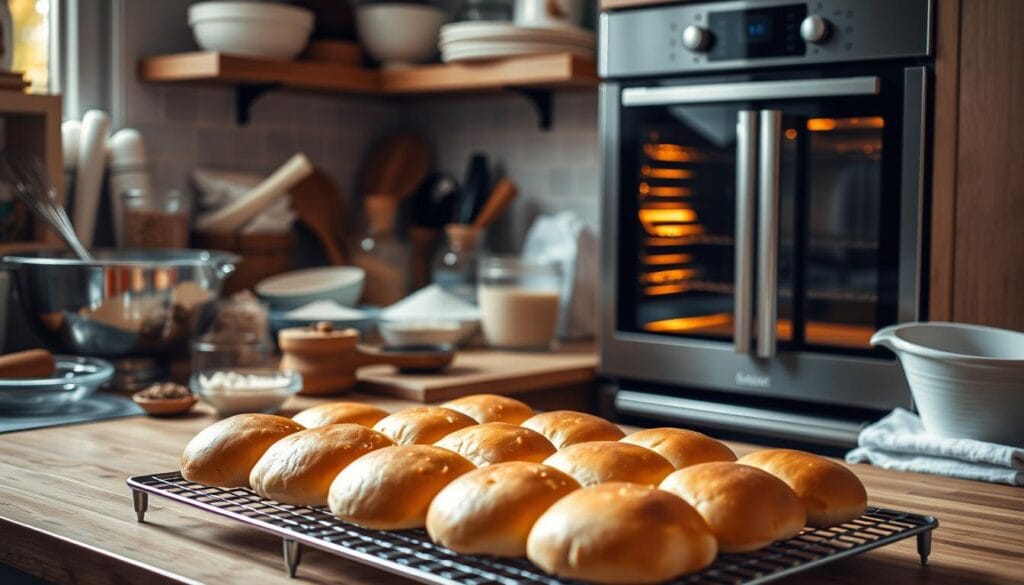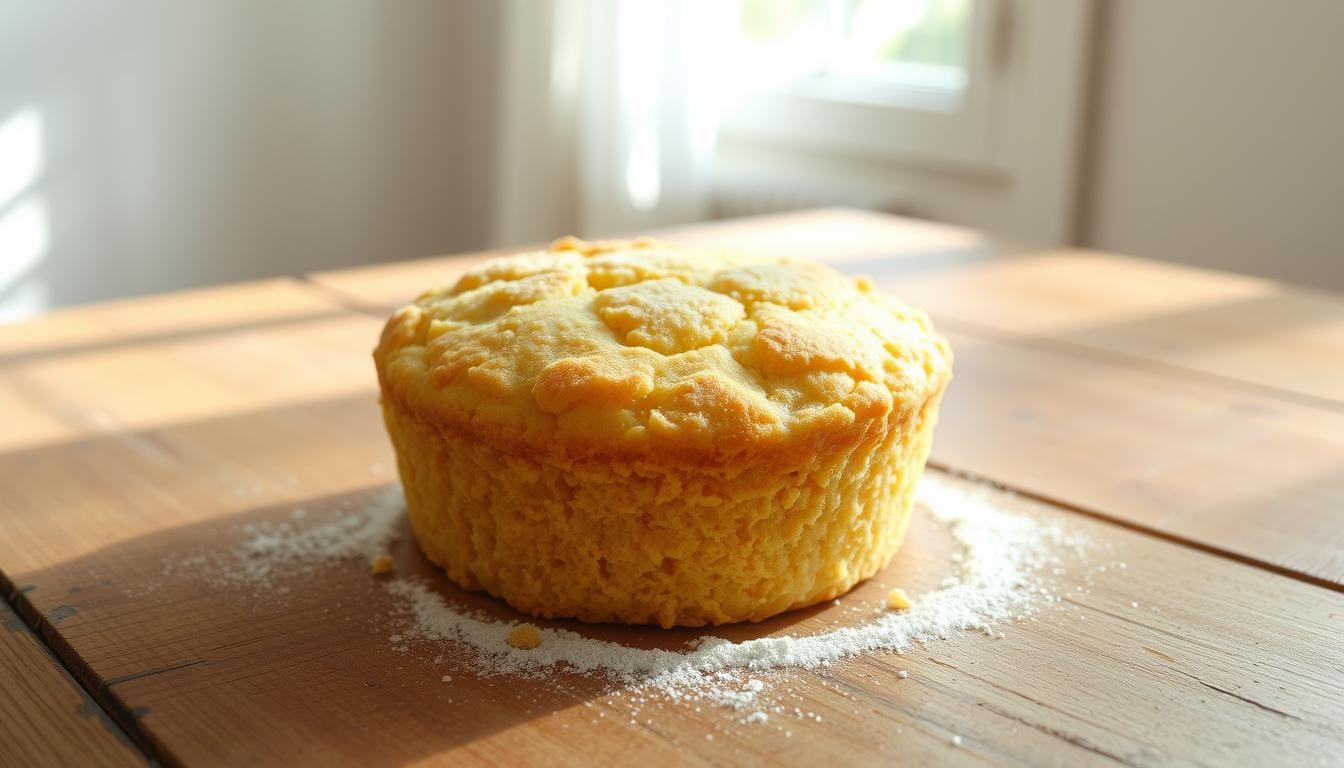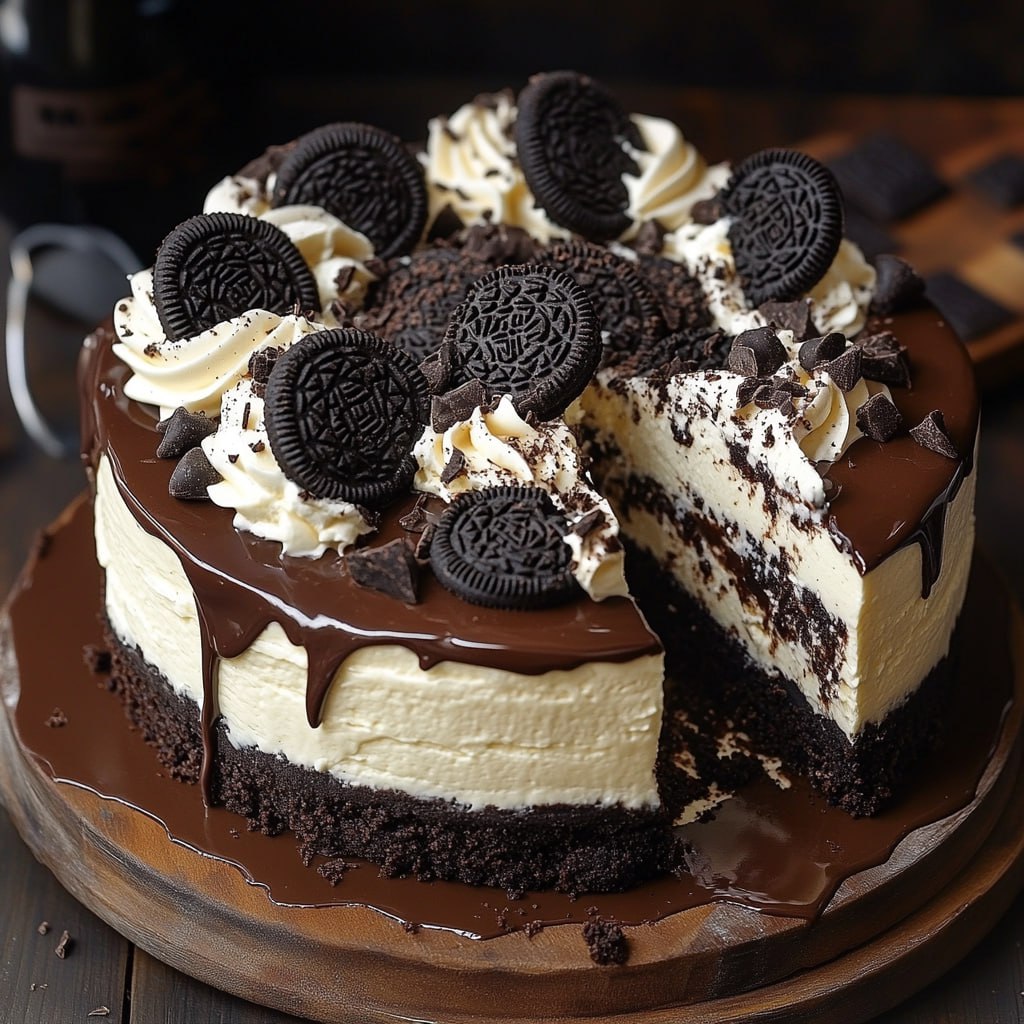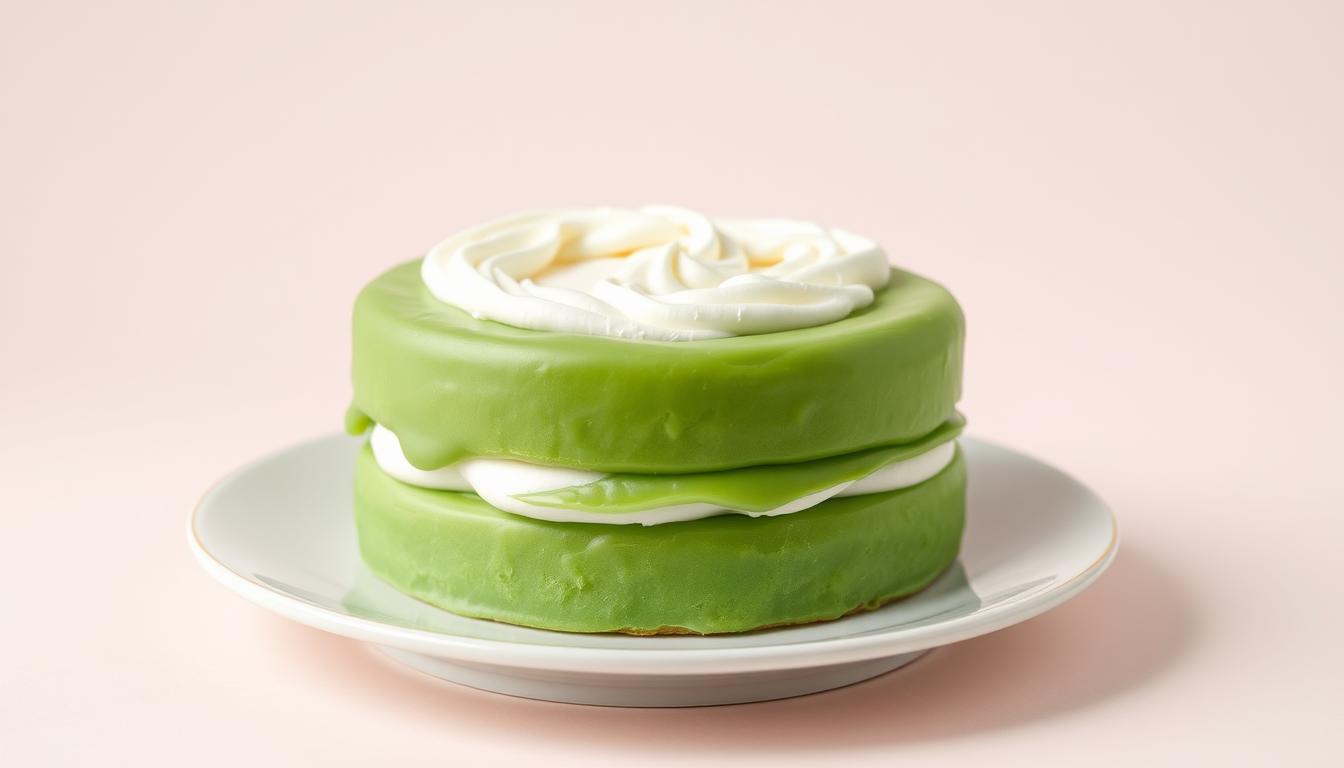If you’re craving true Southern comfort but gluten isn’t an option, this cornbread’s for you. Golden, crumbly, and nostalgic—just like grandma’s—minus the flour.
This isn’t a compromise. It’s a smart twist: only 6 pantry staples, quick prep, and that classic buttermilk tang. Done in under 25 minutes, with crispy edges and a tender center that practically begs for butter.
⭐ Why You’ll Love It
- Gluten-free but still bold and hearty.
- No flour needed—cornmeal is the star.
- Six simple ingredients.
- Bakes in less than 25 minutes.
- Flexible for dairy-free or vegan swaps.
🍑 Southern Inspiration
Cornbread has always been more than food in the South—it’s hospitality, memory, and tradition. From potlucks to Sunday dinners, cast iron skillets told family stories.
This version keeps the spirit alive, with small adjustments to fit modern diets. Certified GF cornmeal, plant milk if you need it, and a few easy swaps. Tradition, but accessible.
🥄 Key Ingredients
- Cornmeal (GF certified): rustic texture + natural sweetness.
- Baking powder: lift and lightness.
- Sweetener: sugar or honey to balance flavors.
- Butter or oil: richness.
- Milk + vinegar: quick DIY buttermilk.
- Eggs (or flax eggs): structure.
💡 No exotic ingredients. Just pantry basics.
🥛 Easy Substitutions
- Dairy-free? Use almond or oat milk + vinegar.
- Egg-free? Try flax eggs or a replacer.
- Lower fat? Swap butter for applesauce or banana.
🍳 Tools You’ll Need
- Cast iron skillet = crispy edges + authentic feel.
- 9×9 pan = neat squares + shorter bake.
- Whisk + spatula for smooth batter.
👩🍳 Step-by-Step
- Make buttermilk: 1 cup milk + 1 tbsp vinegar. Rest 5 mins.
- Whisk wet: 2 eggs, ¼ cup sugar, 2 tbsp honey.
- Mix dry: 1½ cups cornmeal, 1 tbsp baking powder, 1 tsp salt.
- Combine gently: add melted butter + buttermilk, fold until smooth. Don’t overmix.
- Bake: Pour into greased skillet or pan. 375°F, 20–25 mins.
- Check: Toothpick with moist crumbs = ready.
🎯 Tips for Success
- Preheat your oven (and skillet if using) for best crust.
- Spoon + level flours to avoid dense results.
- Let it rest 5 mins before slicing.
- Tiny lumps in batter? Totally fine.
🌶️ Flavor Upgrades
- Jalapeños 🌶️ = spicy kick.
- Cheese 🧀 = creamy, savory pockets.
- Fresh corn 🌽 = bursts of sweetness.
- Honey drizzle 🍯 = sweet finish.
📦 Storing & Freezing
- Airtight container = 3 days freshness.
- Freeze slices up to 3 months.
- Reheat at 350°F to revive crispy edges.
🍲 Perfect Pairings
- Chili nights.
- BBQ platters.
- Soups & stews.
- Weekend brunch with honey butter.
🔎 Quick Nutrition (per slice)
- ~180 calories
- 28g carbs
- 4g protein
- 6g fat
Balanced, filling, and naturally gluten-free.

💡 FAQs (Quickfire)
Can I make it dairy-free? Yep, almond milk + vinegar.
Best pan? Cast iron for crust, 9×9 for soft squares.
No eggs? Flax eggs or applesauce work.
How to keep it light? Don’t overmix, use fresh baking powder.
🎉 Final Bite
This gluten-free cornbread proves tradition doesn’t need gluten. It’s warm, crispy-edged, and tender—ready in under 25 minutes. Whether alongside chili, BBQ, or brunch, it’s a dish meant to be shared.





It’s hard to find knowledgeable people on this topic, but you sound like you know what you’re talking about! Thanks
idwbff
aw6hjj
ool346
vrjo7c
I believe this website has very wonderful composed written content content.
d1knpi
zuvgbd
g7ku1c
Very interesting details you have noted, thanks for posting.
You actually make it appear really easy with your presentation however I in finding this matter to be really one thing that I feel I would never understand. It kind of feels too complex and extremely large for me. I’m taking a look forward to your subsequent submit, I will attempt to get the dangle of it!
With almost everything which seems to be building inside this area, a significant percentage of viewpoints tend to be relatively exciting. Nonetheless, I beg your pardon, because I do not subscribe to your whole suggestion, all be it radical none the less. It would seem to us that your opinions are generally not completely rationalized and in reality you are yourself not thoroughly certain of your argument. In any event I did enjoy reading it.
very good post, i actually love this website, keep on it